These findings could have positive consequences for any future human explorers
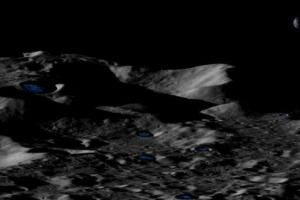 Solar System
Solar System

 Solar System
Solar System
These findings could have positive consequences for any future human explorers
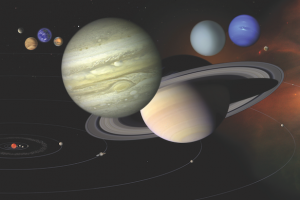 Solar System
Solar System
We take a look at why the members of the Solar System vary in colour
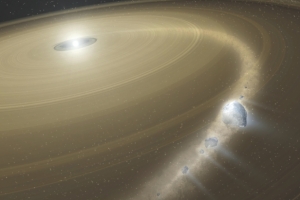 Solar System
Solar System
What is the longest-period comet we know about?
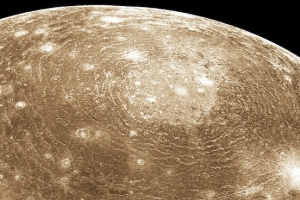 Solar System
Solar System
We find out what the biggest impact is on this Galilean moon
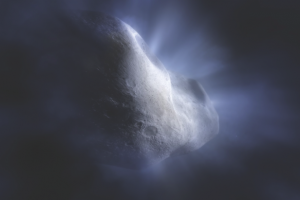 Deep Space
Deep Space
We take a look at how these ‘dirty snowballs’ are made
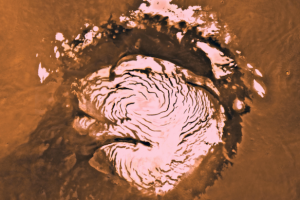 Solar System
Solar System
It’s a fairly dry and dusty world, so how did Mars get its frosty poles?
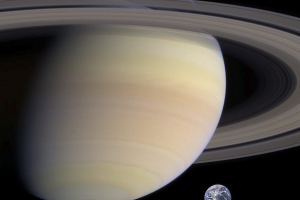 Solar System
Solar System
Hint: it doesn’t end well for our planet
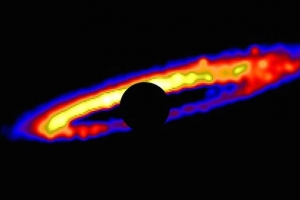 News
News
Astrophysicists have got a rare peek at a baby planetary system 300 light years away
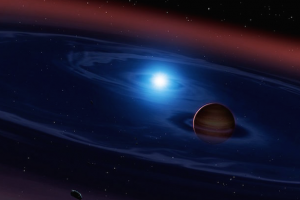 News
News
Evidence of planetary debris surrounding a double sun, ‘Tatooine-like’ system has been found for the first time
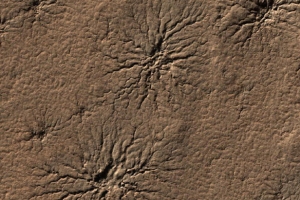 News
News
Erosion-carved troughs may be infant versions of larger features known as Martian “spiders”
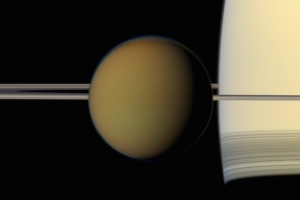 News
News
The puzzling appearance of an ice cloud on Saturn’s largest moon could possibly be similar to one seen over Earth’s poles
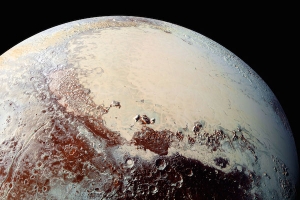 News
News
What is the origin of the large nitrogen glacier on Pluto revealed by NASA’s New Horizons spacecraft in 2015?
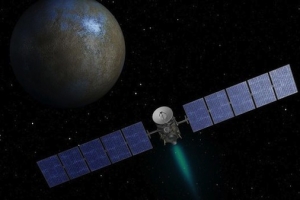 News
News
Astronomers are discovering more intriguing information about the dwarf planet
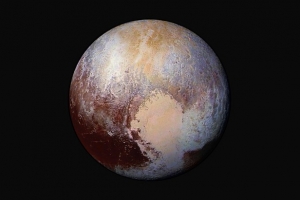 News
News
New data points to more prevalent water ice on the dwarf planet’s surface
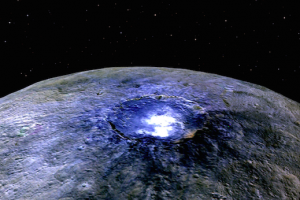 News
News
Bright spots seen by NASA’s Dawn spacecraft on the surface of dwarf planet Ceres are likely to be salt deposits
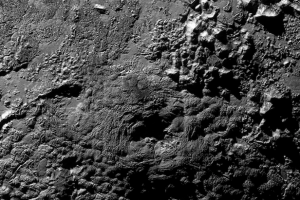 News
News
Data from the mission has revealed two peaks that tower almost 6 kilometres (4 miles) above the dwarf planet’s surface, hinting at the existence of ice volcanoes
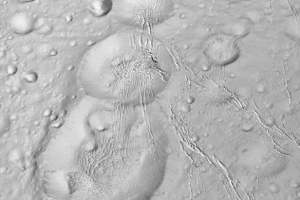 News
News
NASA’s spacecraft has begun returning its best-ever views of the northern extremes of Saturn’s icy, ocean-bearing moon
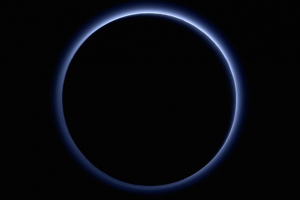 News
News
Recent colour images reveal more about the dwarf planet
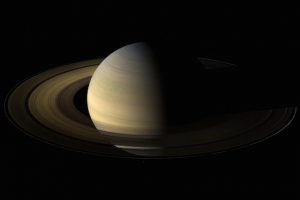 News
News
NASA’s Cassini has found out something odd about the planet’s A ring
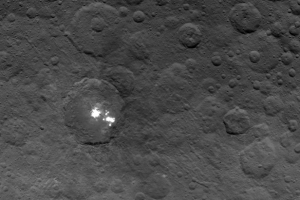 News
News
The bright spots on the dwarf planet have become even more tantalising